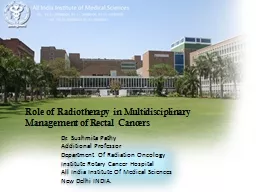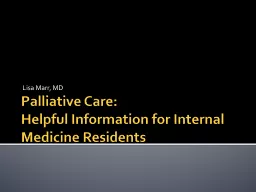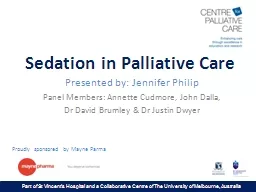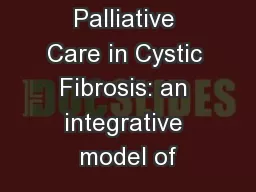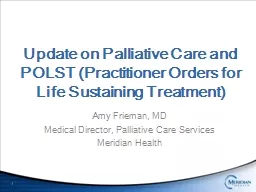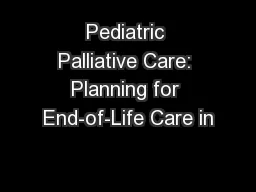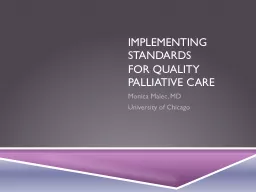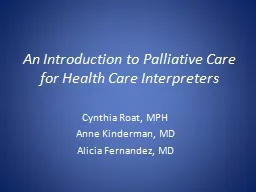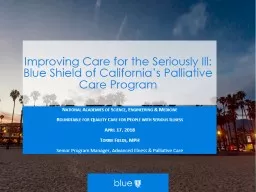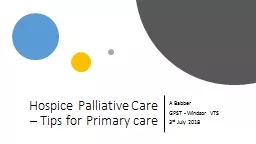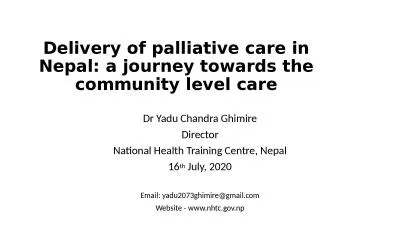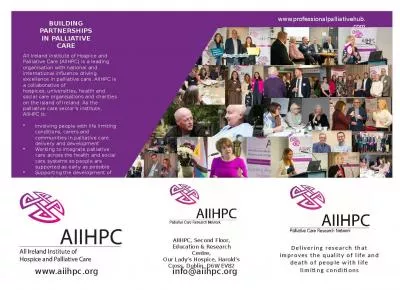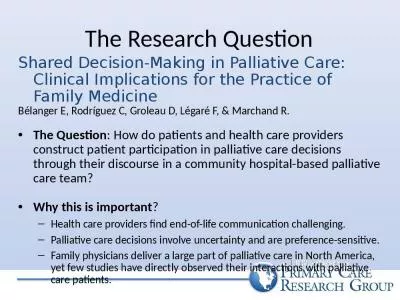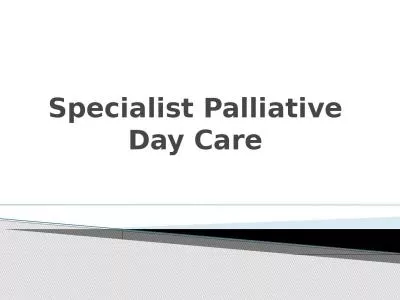PPT-Opportunity for palliative care Research
Author : kittie-lecroy | Published Date : 2016-06-29
Dr Sushmita Pathy Associate Professor Department of Radiation Oncology Dr BRA Institute Rotary Cancer Hospital All India Institute Of Medical Sciences New Delhi
Presentation Embed Code
Download Presentation
Download Presentation The PPT/PDF document "Opportunity for palliative care Research" is the property of its rightful owner. Permission is granted to download and print the materials on this website for personal, non-commercial use only, and to display it on your personal computer provided you do not modify the materials and that you retain all copyright notices contained in the materials. By downloading content from our website, you accept the terms of this agreement.
Opportunity for palliative care Research: Transcript
Download Rules Of Document
"Opportunity for palliative care Research"The content belongs to its owner. You may download and print it for personal use, without modification, and keep all copyright notices. By downloading, you agree to these terms.
Related Documents

